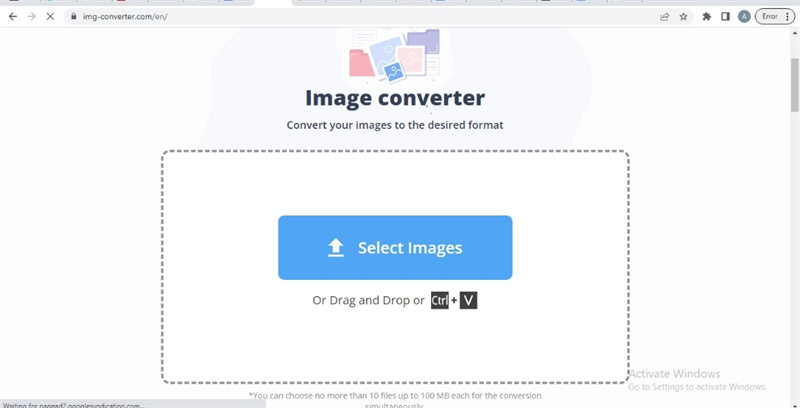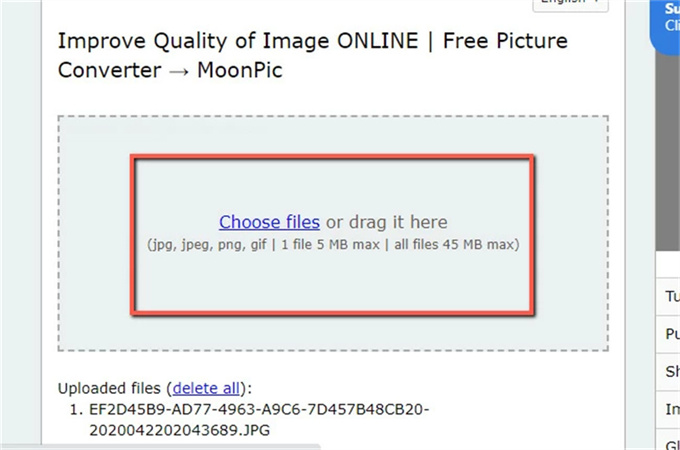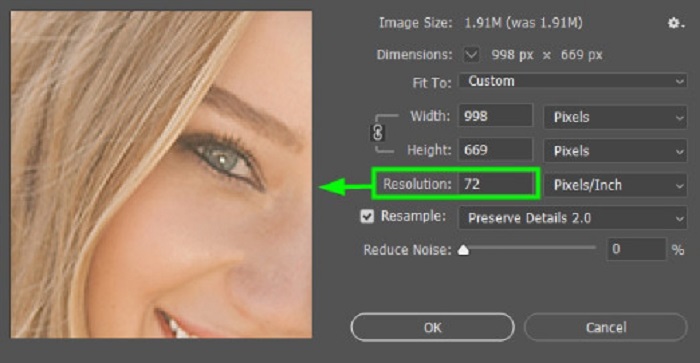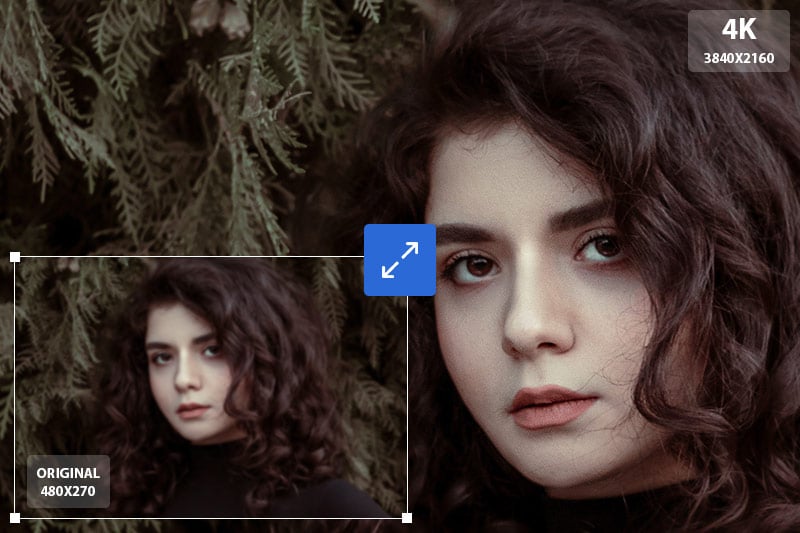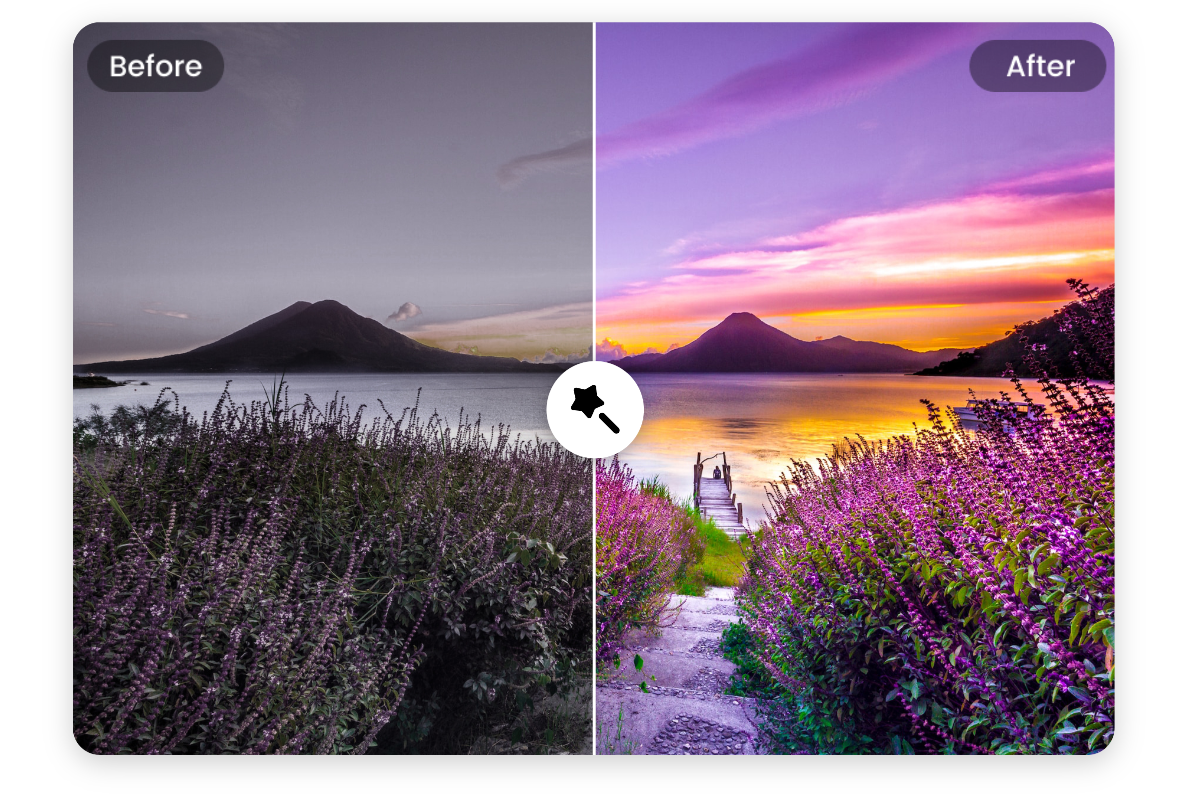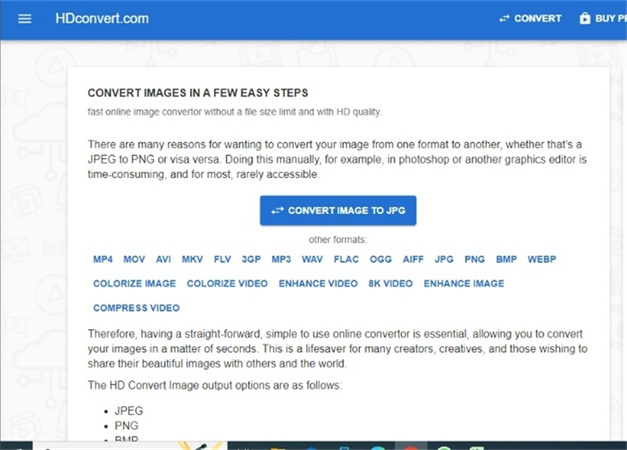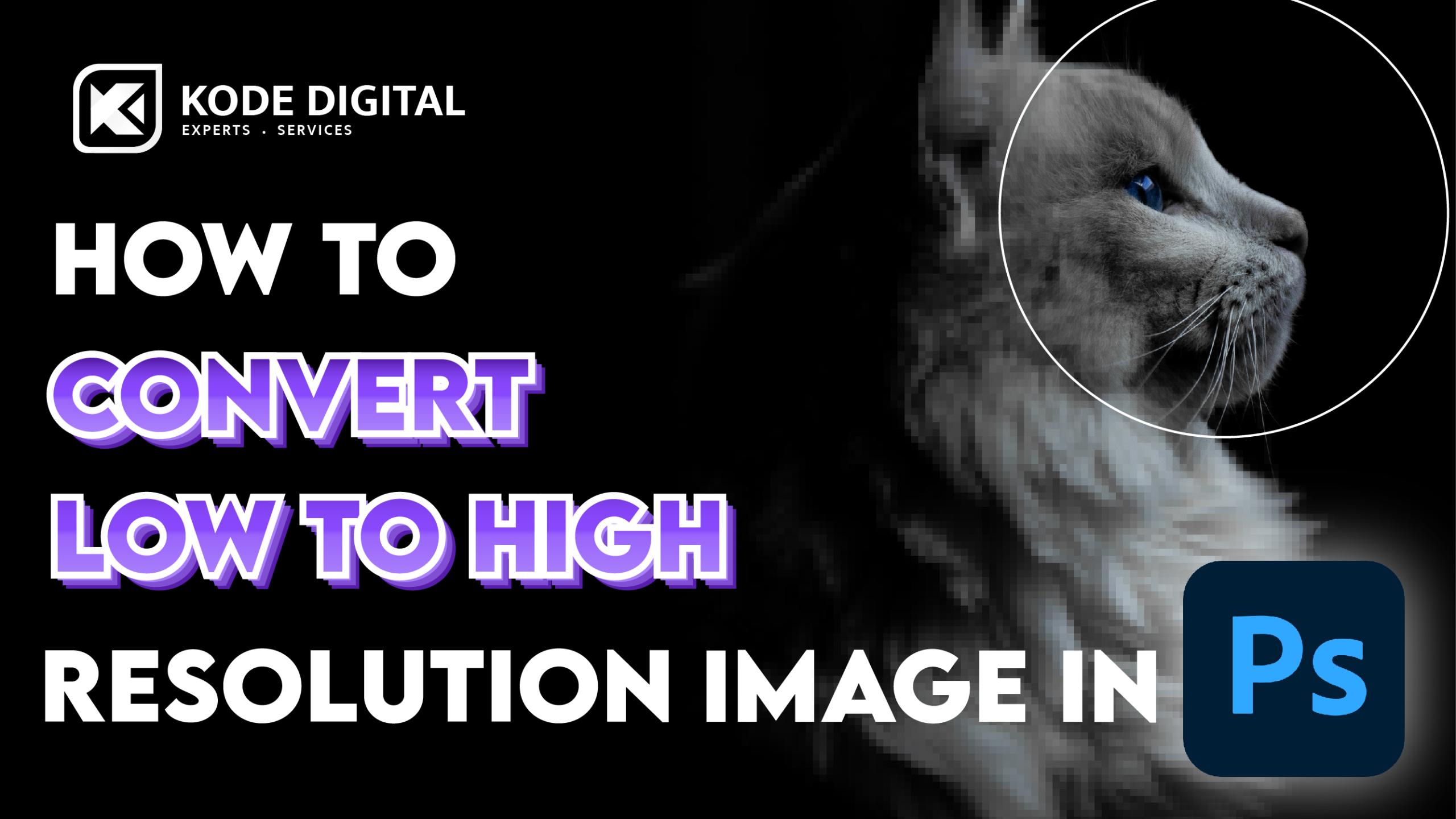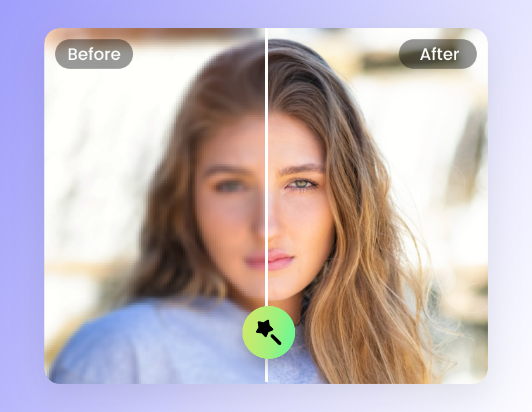Convert My Image To High Resolution

In an era dominated by visual content, the frustration of encountering a low-resolution image can be a significant impediment. From professional photographers seeking to enhance their work to everyday users attempting to share cherished memories, the need to improve image quality is pervasive. A growing array of tools and techniques are emerging, promising to transform blurry or pixelated images into crisp, high-resolution visuals.
The ability to convert an image to high resolution, often referred to as image upscaling, has become a critical function in various sectors. This article delves into the methods, technologies, and ethical considerations surrounding this rapidly evolving field, exploring its impact on industries ranging from photography and graphic design to forensics and medical imaging.
The Technical Landscape of Image Upscaling
Traditionally, increasing the resolution of an image involved simple interpolation techniques. These methods, such as nearest neighbor, bilinear, and bicubic interpolation, essentially filled in the gaps between existing pixels based on the color values of neighboring pixels. However, these techniques often resulted in blurry or pixelated images, lacking in detail and sharpness.
The advent of artificial intelligence (AI) and machine learning (ML) has revolutionized image upscaling. AI-powered algorithms, particularly those based on deep learning models like Convolutional Neural Networks (CNNs), can analyze an image and predict the details that should be present in a higher-resolution version.
AI-Driven Upscaling: A Closer Look
AI upscaling algorithms are typically trained on vast datasets of high-resolution images. By learning the complex relationships between low-resolution and high-resolution versions of the same image, the AI can generate surprisingly realistic and detailed upscaled images.
These algorithms often outperform traditional methods by a significant margin. They are capable of adding details that were never present in the original low-resolution image, creating the illusion of higher fidelity.
Many companies are now offering AI-powered image upscaling services, both online and as standalone software. These services cater to a wide range of users, from professional photographers to individuals looking to enhance personal photos.
Ethical Considerations and Potential Misuse
While the ability to enhance image resolution offers numerous benefits, it also raises ethical concerns. The potential for misuse in areas like forensic analysis and media manipulation is a growing concern.
The ability to convincingly create details that were not originally present in an image can have serious implications. For instance, AI-enhanced images could be used to fabricate evidence in legal proceedings or to spread misinformation.
Dr. Emily Carter, a professor of ethics in technology at the University of California, Berkeley, notes that "the technology itself is neutral, but its application can have profound ethical consequences. We need to develop guidelines and regulations to ensure responsible use."
It is crucial to distinguish between legitimate image enhancement for creative or restorative purposes and the deliberate manipulation of images for deceptive purposes. Transparency and disclosure are essential when using AI-powered upscaling, especially in sensitive contexts.
Industry Applications and Future Trends
Image upscaling has found applications in a diverse range of industries. In the photography and graphic design industries, it allows for the creation of larger prints from smaller source images.
Medical imaging benefits from AI-driven upscaling, enabling clearer and more detailed scans for diagnosis. In forensics, it can help enhance blurry or degraded images to identify suspects or analyze crime scenes, although with the ethical considerations mentioned.
The future of image upscaling likely involves even more sophisticated AI algorithms. These algorithms will be capable of generating even more realistic and detailed upscaled images. Real-time upscaling, potentially integrated into cameras and other devices, is also a promising area of development.
Quote from leading AI researcher, Dr. Kenji Tanaka from the Tokyo Institute of Technology:
"We are only at the beginning of understanding the full potential of AI in image enhancement. Future algorithms will be able to not only increase resolution but also correct for distortions, remove noise, and even predict missing parts of an image with astonishing accuracy."
Conclusion: A Powerful Tool with a Need for Vigilance
Converting images to high resolution has become increasingly accessible and sophisticated. AI-powered upscaling represents a significant leap forward in image enhancement technology. While offering numerous benefits across various industries, the ethical implications of image manipulation cannot be ignored.
As the technology continues to evolve, it is imperative that users, developers, and policymakers engage in open discussions about responsible use. By fostering transparency and developing ethical guidelines, we can harness the power of image upscaling while mitigating its potential risks.


